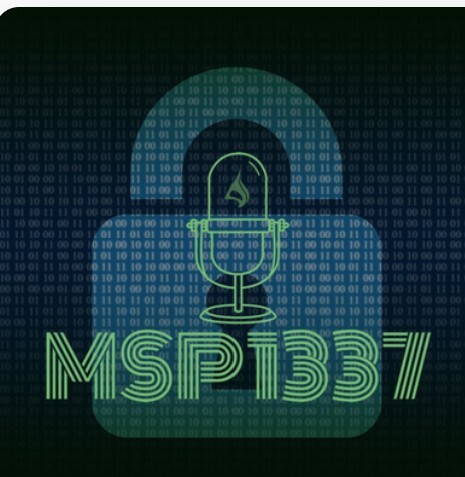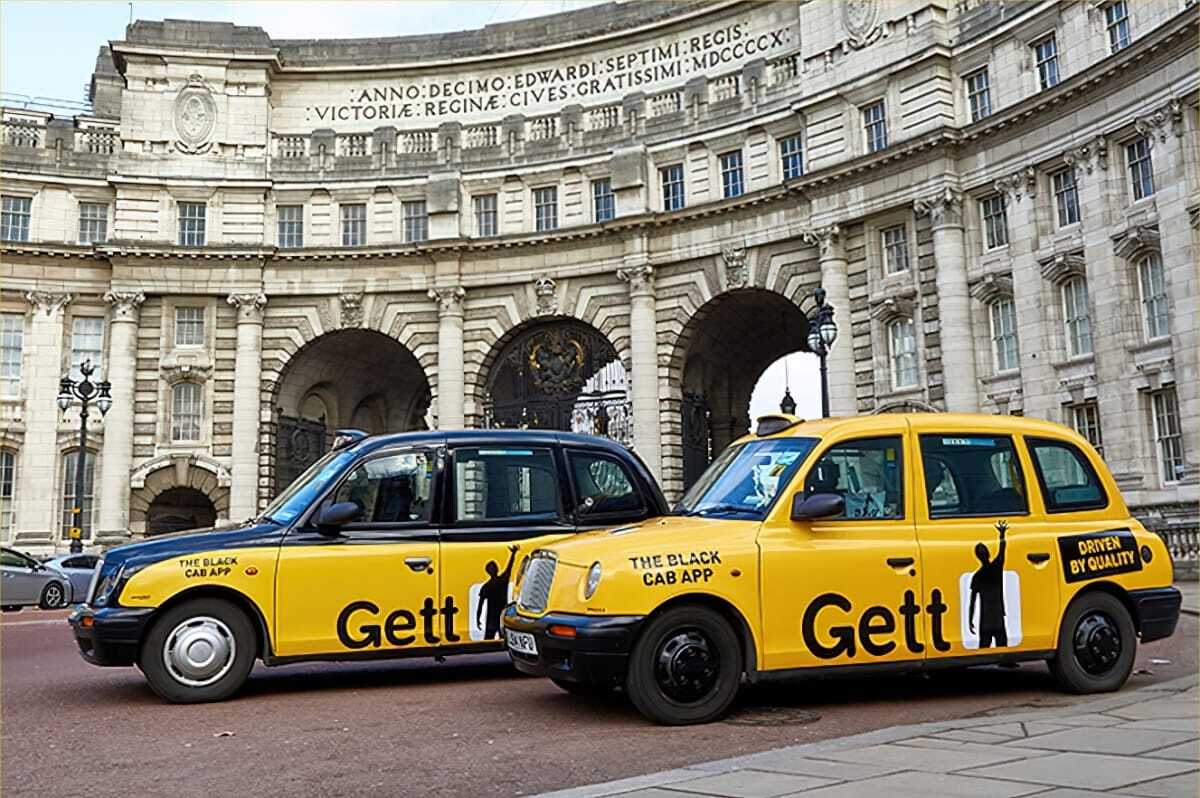
Operations, customer support, engineers and most groups use inconsistent language. This is a serious problem. Imagine NASA doing that with astronauts or a navy with ships talking to each other, but not using the same terms. Something very bad will happen. In our space of incident management, we use words like broke, failed, outage, doesn’t work, dead…all describing the same condition. Inconsistent language use impedes communication and has caused the wrong action and erroneous messaging to clients.
Poorly written and spoken communications is a liability in any industry. Low quality communications will lower the quality of work and will diminish customer satisfaction.
The solution is defining a formal vocabular defining common terminology. You will improve operations and customer service by using a common terminology. Define common terminology that allows diverse incident management and support organizations to communicate togethe. U.S. FEMA Incident Command System promotes a common vocabulary to facilitate understanding among all parties engaged in an incident. I’ve done this for the incident management team, but no other teams have adopted it.
During an incident
- Communications should use common terms.
- Organizations should avoid radio codes, agency-specific codes, acronyms, or jargon. Usage of these types of codes may cause confusion or possibly compromise life safety due to a misunderstanding or misinterpretation.
There are many areas that benefit from common terminology. For example, this section standardizes terminology that describes the client experience. Use the same term, and only one term, for a given condition. This consistency is the language magic that will spike your communication effectiveness.
Client Experience
In this category, we define terms describing what the client sees, and experiences. The terms to use are:
| Term | Description | Internal Use | External Use |
| Normal | Normal behavior and operations | Yes | Yes |
| Unavailable | No response | Yes | Yes |
| Intermittently Unavailable | No response intermittently | Yes | Yes |
| Degraded | Slow or acting abnormally | Yes | Yes |
| Intermittently Degraded | Slow or acting abnormally intermittently | Yes | Yes |
| Error | Client sees error | Yes | No |
| Intermittent Error | Client sees error intermittently | Yes | No |
| Data Problem | Data is wrong, unexpected or missing | No | Yes |
| Display problem | Data is correct, but hard to read or looks odd | Yes | No |
| Feature problem | One feature is failing, say, a report | Yes | Yes |
A special thanks to Alain Trottier, guest writer, for sharing his thoughts today. You can find him here: www.linkedin.com/in/alaintrottier








